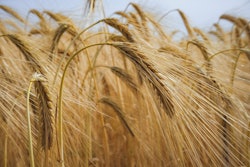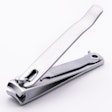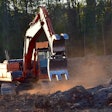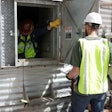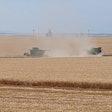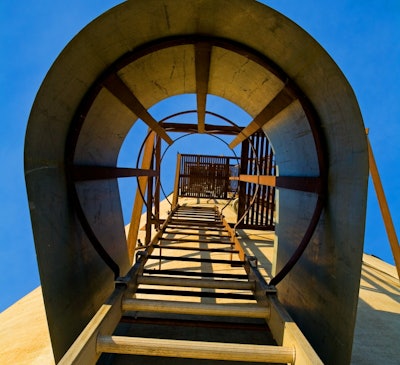
Working on and around stairways and ladders is hazardous. Stairways and ladders are major sources of injuries and fatalities among workers.
OSHA’s Walking Working Surfaces Standard is among the most frequently cited standards every year. Approximately 15% of accidental deaths are from slips, trips, and falls, according to OSHA data. And one-fifth of general industry’s workplace disabling injuries and days away injuries are the result of slips, trips and falls.
The rule applies to all general industry workplaces — which grain and feed facilities fall under — and covers surfaces such as floors, scaffolds, stairs, ramps, roofs, ladders and elevated walkways.
This column will focus on fixed ladders, which are permanently attached to a structure, building or equipment. OSHA notes falls from ladders account for 20% of all fatal and lost work-day injuries.
1. OSHA Regulations
In 2016 OSHA updated regulations to better protect workers from fall hazards, incorporating modern safety technology to access systems.
The new regulations, which went into effect November 19, 2018, changes requirements for fixed ladders extending more than 24 feet above a lower level.
The new standards are phasing out cages on fixed ladders. With the new regulations, a ladder over 24 feet high requires a personal fall arrest system (PFAS) or ladder safety system.
Multi-section ladders more than 24 feet high require platforms or rest points. Fixed ladders without cages need a landing platform at least every 150 feet.
Studies have shown that cages do not provide adequate fall protection. In fact, some would say they offer no protection from falls or may even cause injury during a fall.
2. OSHA Requirements
Keep these requirements in mind to keep your employees safe:
- Ladders must be capable of supporting their maximum intended load
- Each ladder must be inspected before initial use in a work shift to identify defects that could cause injury
- A qualified person must train workers to correctly: identify and minimize fall hazards; use personal fall protection systems and rope descent systems; and maintain, inspect and store equipment or systems used for fall protection
3. Fall Protection Options
This rule requires employers to protect workers from fall hazards along unprotected sides or edges that are at least 4 feet above a lower level.
OSHA defines fall protection as “any equipment, device, or system that prevents a worker from falling from an elevation or mitigates the effect of such a fall.”
Under the final rule, employers need to provide a ladder safety system, which is attached to a fixed ladder designed to eliminate or reduce the possibility of a worker falling off the ladder.
A ladder safety system usually consists of a carrier, safety sleeve, lanyard, connectors, and body harness. Cages and wells are not considered ladder safety systems.
Keep these dates in mind:
- Fixed ladders installed before November 19, 2018, must be equipped with personal fall arrest system, ladder safety system, cage or well; fixed ladders installed after November 19, 2018, must be equipped with personal fall arrest system or a ladder safety system
- When replacing a fixed ladder, cage or well (or any portion), personal fall arrest system or ladder safety system is installed
- On and after November 18, 2036, all fixed ladders to be equipped with personal fall arrest system or ladder safety system
Find additional information on OSHA’s rule on walking working surfaces and personal fall protection systems. OSHA can provide extensive help through various programs, including technical assistance about effective safety and health programs, workplace consultations, and training and education.
For more information, the National Grain & Feed Association (NGFA) also offers several safety resources focused on slips, trips and falls.





